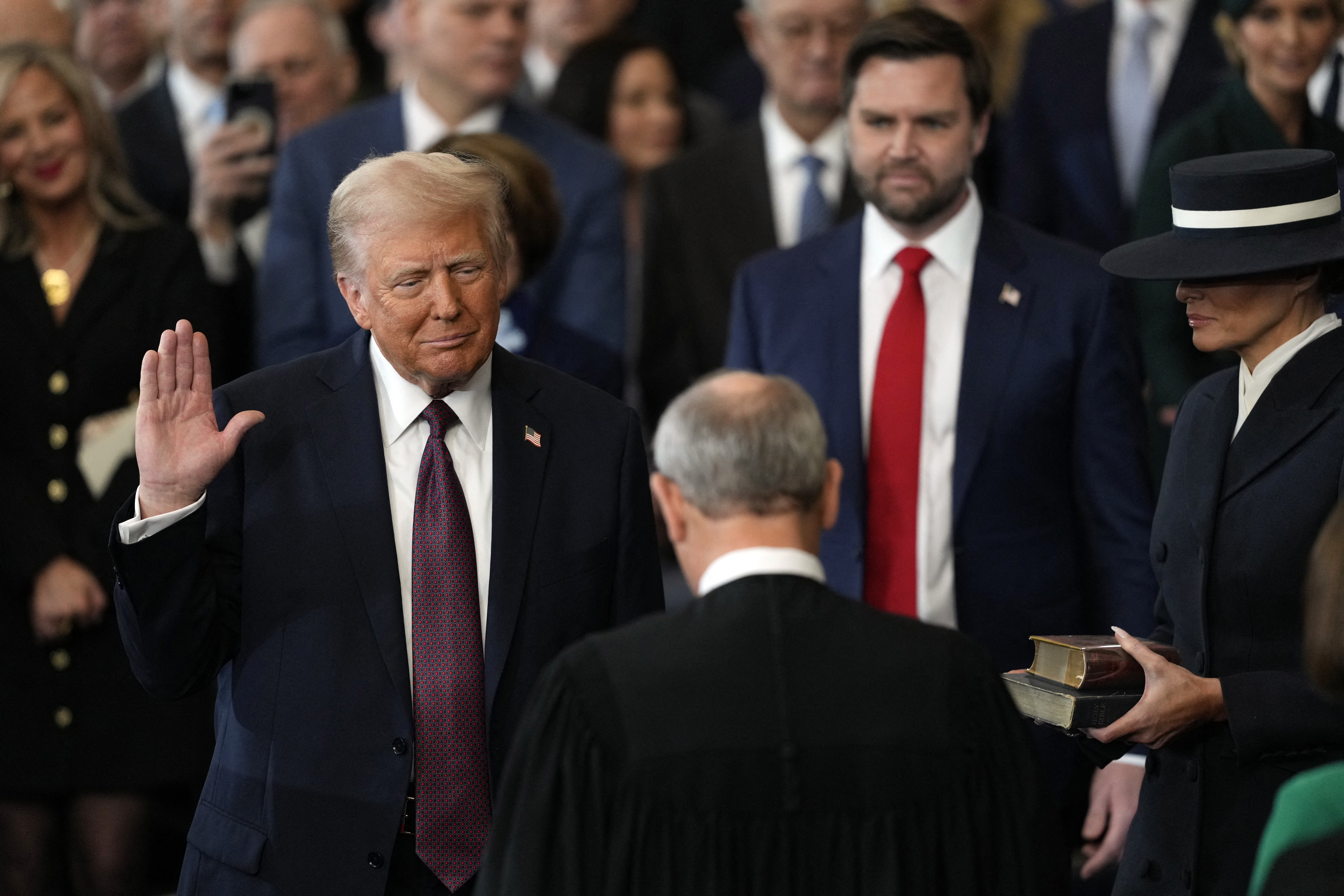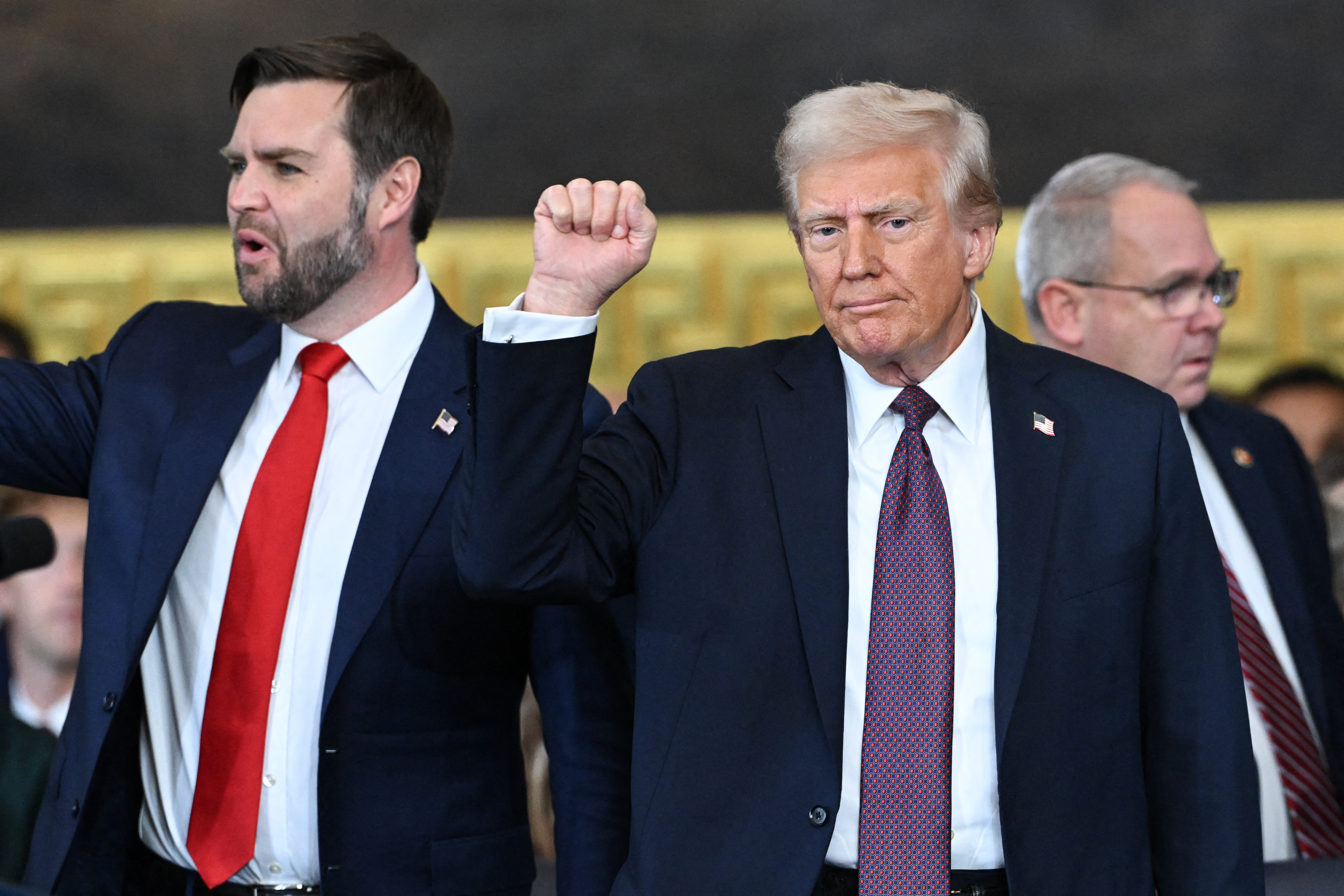The controversy surrounding family separations at the U.S. Southern border has prompted outrage, opinions and finger-pointing. It has also raised a number of questions, including from our readers.
“Are there really children being separated from their parents at the border and being kept in cages?” one reader asked.
We answer that and other questions here.
Background
In April, Attorney General Jeff Sessions announced a “zero-tolerance policy” regarding illegal immigration at the Southwest border. That was followed by a reported May directive by Department of Homeland Security Secretary Kirstjen Nielsen instructing her department to refer all unauthorized immigrants who cross the U.S. border to federal prosecutors for criminal prosecution. Such prosecution has resulted in the separation of parents and children who were apprehended illegally entering the country.
As we’ve explained before, parents are sent to federal court under the custody of the U.S. Marshals Service and then placed in a detention center, according to Homeland Security. In turn, their children — minors who cannot be housed in detention centers for adults — are transferred to the U.S. Department of Health and Human Services for placement in a juvenile facility or foster care if they can’t be placed with another adult relative in the U.S. Those children, as well as those who cross without adults, are considered “unaccompanied” and become the responsibility of HHS’ Office of Refugee Resettlement.
White House Chief of Staff John Kelly told NPR last month that family separation “could be a tough deterrent” for others considering immigrating illegally.
U.S. & World
The criminal prosecution and subsequent separations do not apply to those who seek asylum at a legal port of entry, administration officials have said. But Nielsen has acknowledged “limited resources” at the border that have resulted in the U.S. telling some who arrive at the ports that they have to “come back.” Some immigrant advocates told the Arizona Republic that the backlog could exacerbate illegal crossings.
How many children are currently being detained?
Since the implementation of the zero-tolerance policy, between April 19 and the end of May, 1,995 minors were separated from adults at the border, the Department of Homeland Security confirmed to FactCheck.org.
And, as of June 15, there were 11,517 minors in the “Unaccompanied Children’s Program,” according to the Department of Health and Human Services’ Administration for Children and Families. (That figure doesn’t distinguish between those who crossed the border with their parents and those who did so alone.)
Health and Human Services uses about 100 shelters in 14 states. In congressional testimony in May, Steven Wagner, acting assistant secretary for the Administration for Children and Families, told a Senate subcommittee that children have spent an average of 57 days in custody during fiscal year 2018. After that, minors are placed with a sponsor, who could be a parent, another relative or a non-family member.
Does the U.S. use "cages" to detain children?
The government has rejected the idea that it uses “cages” in its facilities. But that’s the term used by activists and others who oppose the administration’s immigration policy. Also, news organizations have used that term, including the Associated Press, which used the word to refer to the fencing enclosures at one Texas facility.
We have included pictures of that facility with this story, so readers can make their own determinations on what to call the enclosures.
The issue was highlighted earlier this month when Democratic Sen. Jeff Merkley of Oregon visited the central processing facility in McAllen, Texas, where those trying to enter the United States are separated. “Unaccompanied” minors, except in select cases, are to be transferred from the processing facility to a juvenile facility or other care under Health and Human Services within 72 hours.
“Yesterday morning at the McAllen Border Station, at the processing center, they have big cages made out of fencing and wire and nets stretched across the top of them so people can’t climb out of them,” he told CNN on June 4. “Every time I probed yesterday on the circumstances (of why they were held this way) the response was just basically a generic, ‘That is what’s required for security, this is what is required for control.'” (Merkley also likened the enclosures to a “dog kennel.”)
The Department of Justice disputed Merkley’s characterization of the structures.
[[486040151, C]]
“Before being transferred to HHS custody, DHS houses unaccompanied minors in short-term facilities,” it said in a June 4 statement. “These short-term facilities do not employ the use of ‘cages’ to house UACs, but portions of the facility makes use of barriers in order to separate minors of different genders and age groups. This is for the safety and security of all minors in the custody of the United States government.”
Much of the media coverage of Merkley focused on his attempt to visit a shelter in Brownsville, Texas, that houses immigrant children after they’re processed. He was rebuffed (though in recent days he did visit the facility).
[[486040301, C]]
News outlets got a glimpse of life inside that shelter, called Casa Padre, during a tour last week. There were no reports of cages being used.
NBC News described the conditions at the nonprofit shelter as “more like incarceration than temporary shelter.” The report detailed “dorm-style rooms” that were designed to sleep four but accommodate five because of overcrowding.
The former Walmart houses almost 1,500 boys, ages 10 to 17, for an average of 52 days. According to the New York Times, whose reporter visited the shelter, it offers classroom instruction, recreational activities and other services. The minors are allowed outside two hours per day.
So what about that image of a young boy in a cage?
The photo in question depicts a boy in distress as he looks out of a cage he is grasping with his hands. It has been turned into a meme that asks, “Are you Trump fans really OK with this?”
Journalist and activist Jose Antonio Vargas included the photo in a June 11 tweet that said: “This is what happens when a government believes people are ‘illegal.’ Kids in cages.” (Vargas openly discusses his own status as an immigrant living in the country illegally.)
In a subsequent tweet, Vargas acknowledged he wasn’t sure where the photo originated, but many others also shared the image, including the actor Ron Perlman.
Trump, Sessions, McConnell, Ryan, this is on YOU! pic.twitter.com/VR5m70eWsC— Ron Perlman (@perlmutations) June 13, 2018
But the image was actually taken during a June 10 rally in Dallas, Texas.
Leroy Pena, the prime minister of the Dallas-Fort Worth chapter of the Brown Berets of Cemanahuac, said he took the photo during the demonstration. The pro-Mexican-American group’s rally was meant to call attention to the conditions where young immigrants are kept, he said. Pena added that the young boy in the photograph, the son of a friend, had wandered into the cage where older children were demonstrating and became upset when he saw his mother on the other side of the structure. The child was promptly taken out of the cage, he said.
“I posted it to my personal page — I wasn’t trying to deceive anybody,” Pena told FactCheck.org in an interview. “I think people just started sharing the picture without the narrative that I added. It wasn’t done intentionally but … it brought a lot of attention with what’s really going on.”
Debra Mendoza, national prime minister of the Brown Berets of Cemanahuac, confirmed Pena’s account to us. She decried photos of facilities using fencing similar to “cages,” and said the structures were reminiscent of a “jail.”
Mendoza also mentioned the recently resurfaced images from a 2014 Arizona Republic report on an immigrant holding facility for juveniles in Nogales, Arizona. Those 2014 pictures, taken by the Associated Press, were shared by some online as if they were current — including by Jon Favreau, a former speechwriter for President Barack Obama.
The 2014 story was about the surge in children from Central America — largely from Honduras, El Salvador and Guatemala — trying to cross the border illegally on their own.
The mistake became fodder for Trump’s Twitter feed.
Is the government using military camps to hold the minors?
Health and Human Services is indeed eyeing several military bases “for potential use as temporary shelters for unaccompanied alien children at some point in the future,” the Administration for Children and Families confirmed for us. On June 13, McClatchy reported that Fort Bliss in Texas could be used as a “tent city to hold between 1,000 and 5,000 children.”
In addition to Fort Bliss, officials are evaluating Dyess Air Force Base and Goodfellow Air Force Base, which are also in Texas.
If that happens, it wouldn’t be the first time military bases were used to accommodate immigrants. Under the Obama administration, bases served as such facilities, including in 2014 during the influx of unaccompanied children illegally entering the country.
In his testimony last month, Wagner said the last “temporary” facility at a Department of Defense site closed in February 2017.
FactCheck.org is a nonpartisan, nonprofit “consumer advocate” for voters that aims to reduce the level of deception and confusion in U.S. politics. FactCheck.org will check facts of speeches, advertisements, interviews and more for NBC.



